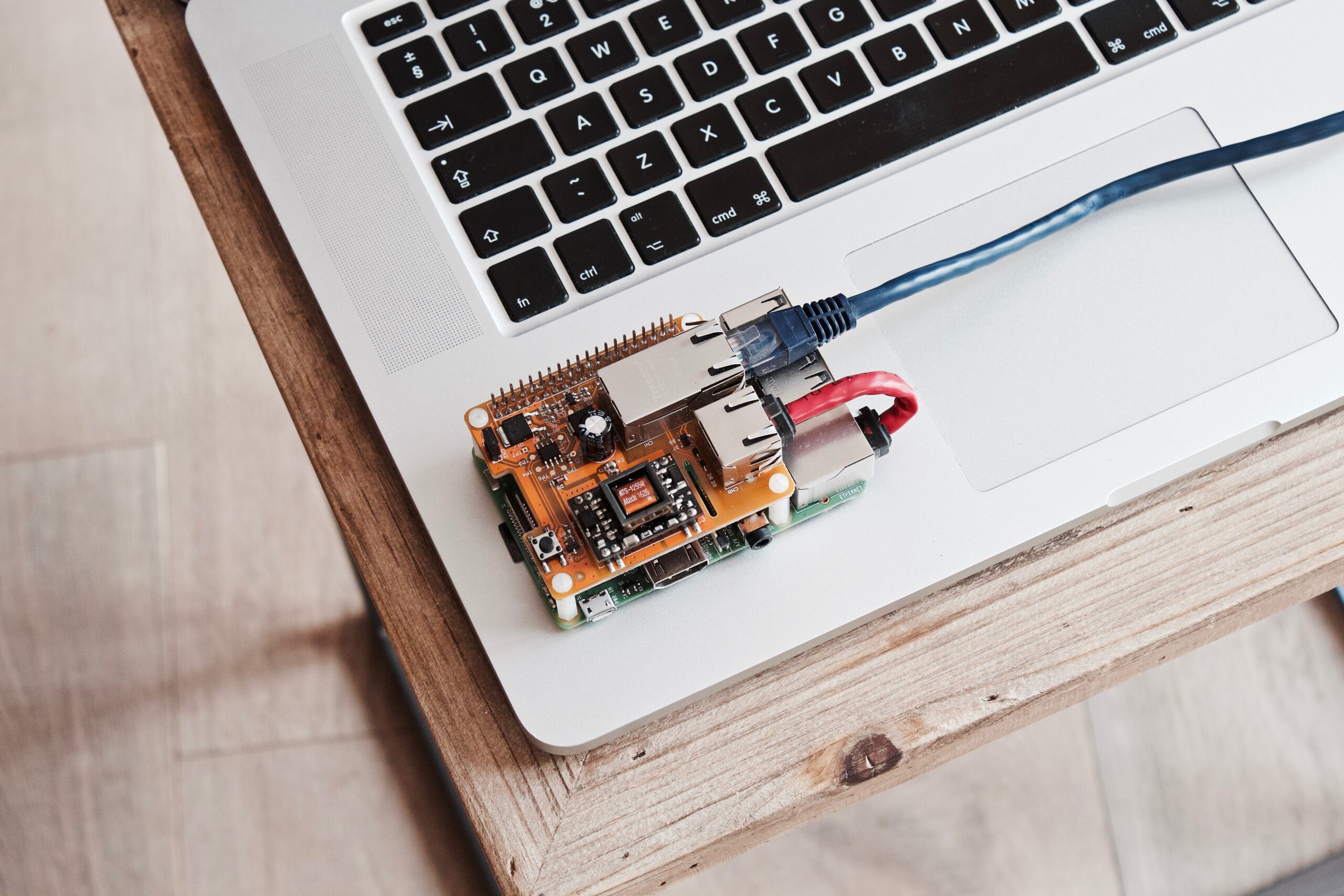The Internet of Things (IoT) has revolutionized the way we live, work, and interact with our surroundings. IoT refers to the network of interconnected devices embedded with sensors, software, and connectivity, enabling them to collect and exchange data. This article explores the significant role of IoT in enhancing convenience, efficiency, and connectivity in our everyday lives.
IoT in Smart Homes

IoT has transformed traditional houses into smart homes, offering an unprecedented level of control and automation. Connected devices such as smart thermostats, lighting systems, appliances, and security systems can be remotely controlled via smartphones or voice assistants. With IoT, we can adjust the temperature, turn on/off lights, schedule appliances, and even monitor home security from anywhere. Smart homes provide convenience, energy efficiency, and peace of mind.
IoT in Health and Wellness
IoT plays a crucial role in promoting health and wellness. Wearable devices like fitness trackers and smartwatches equipped with sensors can monitor our physical activity, heart rate, sleep patterns, and stress levels. This data can be analyzed to provide insights into our overall health and guide us toward making healthier lifestyle choices. Moreover, IoT enables remote patient monitoring, allowing healthcare providers to track patients’ vital signs, detect anomalies, and provide timely interventions, especially for those with chronic conditions.
IoT in Transportation
IoT has transformed the transportation sector, making our daily commutes safer and more efficient. Connected cars equipped with IoT sensors can provide real-time information on traffic conditions, suggest alternate routes, and even automate certain driving tasks. Additionally, IoT enables vehicle-to-vehicle communication, enhancing road safety by detecting and alerting drivers to potential hazards or collisions. With IoT, transportation systems are becoming more intelligent, reducing congestion, and improving overall efficiency.
IoT in Retail and E-commerce
IoT has revolutionized the retail and e-commerce industry, providing personalized and seamless shopping experiences. Smart shelves and inventory management systems powered by IoT technology can monitor product availability, track stock levels, and automatically reorder items when they run low. IoT-enabled beacons and location-based services can deliver personalized offers and recommendations to shoppers, enhancing their overall shopping experience. Moreover, IoT enables efficient supply chain management, reducing inventory costs and ensuring timely delivery of products.

IoT in Energy Management
IoT has a significant impact on energy management and sustainability. Smart grids and energy monitoring systems can track energy consumption in real time, enabling users to identify energy wastage and make informed decisions to optimize energy usage. IoT also facilitates the integration of renewable energy sources by providing data-driven insights on solar panel efficiency, wind turbine performance, and battery storage optimization. With IoT, we can create more sustainable and efficient energy systems, reducing our environmental impact.
IoT in Agriculture
IoT has revolutionized the agricultural sector, leading to the concept of smart farming. Connected sensors can monitor soil moisture levels, weather conditions, and crop health, enabling farmers to optimize irrigation, reduce water usage, and apply targeted fertilization. IoT-powered drones can survey fields and collect data for precision agriculture, helping farmers detect crop diseases, pests, or nutrient deficiencies early on. IoT solutions in agriculture improve productivity, minimize resource wastage, and contribute to sustainable food production.
IoT in Personal Assistance

IoT-powered personal assistants, such as voice-activated devices, have become an integral part of our daily lives. These devices use natural language processing and IoT connectivity to provide information, play music, set reminders, and control other connected devices. With IoT-powered personal assistants, tasks are simplified, and information is readily accessible, enhancing convenience and productivity.
Conclusion
IoT has transformed our daily lives by offering enhanced convenience, efficiency, and connectivity. From controlling our homes through smart devices to monitoring our health and optimizing energy usage, IoT has become an integral part of various aspects of our lives. As IoT continues to evolve and become more widespread, its potential for innovation and positive impact will only grow. Embracing IoT technologies opens up a world of possibilities, making our lives more comfortable, productive, and sustainable. With IoT, the future holds exciting opportunities for a connected and intelligent world.
FAQs
Is IoT technology secure enough to protect my personal information?
Answer: Security is a significant concern with IoT. While measures are in place to enhance security, it’s crucial to ensure devices have strong encryption, secure firmware updates, and adhere to best practices for data protection.
Can all IoT devices communicate with each other regardless of the manufacturer?
Answer: Interoperability can be a challenge as IoT devices may use different communication protocols. However, efforts are being made towards standardization to improve compatibility and enable seamless communication between devices from different manufacturers.
How do I ensure the privacy of my data when using IoT devices?
Answer: It’s important to review the privacy policies and data collection practices of IoT devices. Look for devices that provide transparency, user control over data sharing, and adhere to privacy regulations to protect your personal information.
What happens if there is a loss of internet connectivity for IoT devices?
Answer: While some IoT devices rely on constant internet connectivity, others can operate locally or within limited networks. However, it’s important to note that certain functionalities and remote access may be affected during periods of internet disruption.
Are there any potential health risks associated with using IoT devices?
Answer: IoT devices typically use low-power wireless technologies, which have been extensively tested for safety. However, it’s advisable to follow manufacturer guidelines, maintain proper device placement, and stay informed about any potential health-related updates or recommendations from trusted sources.

